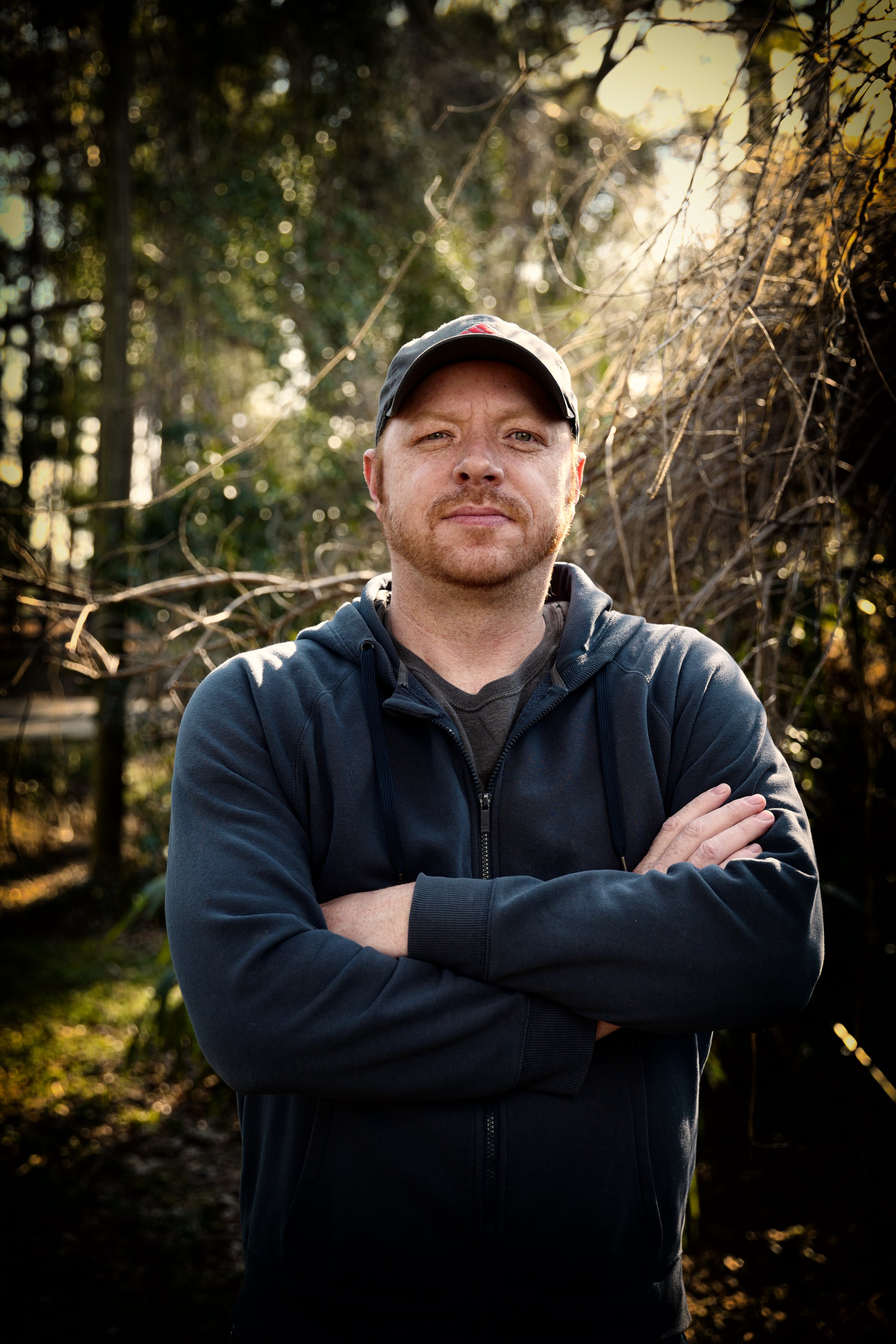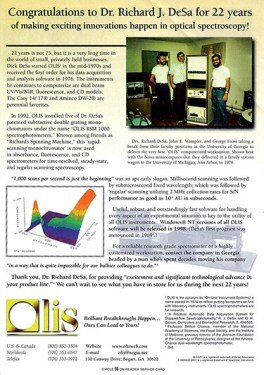The Basic Principles Of Circularly Polarized Luminescence
The Basic Principles Of Circularly Polarized Luminescence
Blog Article
7 Simple Techniques For Spectrophotometers
Table of ContentsCircular Dichroism Can Be Fun For EveryoneCircularly Polarized Luminescence Things To Know Before You BuyCircular Dichroism Fundamentals ExplainedSome Ideas on Uv/vis/nir You Should Know10 Simple Techniques For Spectrophotometers

Spectrophotometry is most commonly used to ultraviolet, noticeable, and infrared radiation, contemporary spectrophotometers can interrogate broad swaths of the electromagnetic spectrum, including x-ray, ultraviolet, noticeable, infrared, and/or microwave wavelengths. Spectrophotometry is a tool that depends upon the quantitative analysis of molecules depending on just how much light is absorbed by colored compounds.
More About Circular Dichroism
A spectrophotometer is commonly used for the measurement of transmittance or reflectance of solutions, transparent or opaque solids, such as sleek glass, or gases. Numerous biochemicals are colored, as in, they soak up noticeable light and for that reason can be measured by colorimetric treatments, even colorless biochemicals can typically be transformed to colored substances ideal for chromogenic color-forming responses to yield compounds suitable for colorimetric analysis.: 65 Nevertheless, they can likewise be developed to measure the diffusivity on any of the listed light ranges that normally cover around 2002500 nm using various controls and calibrations.
An example of an experiment in which spectrophotometry is utilized is the determination of the stability constant of an option. A particular chemical response within a solution may take place in a forward and reverse instructions, where reactants form products and items break down into reactants. Eventually, this chain reaction will reach a point of balance called a stability point.
Some Known Facts About Circular Dichroism.
The amount of light that goes through the service is indicative of the concentration of particular chemicals that do not enable light to pass through. The absorption of light is because of the interaction of light with the electronic and vibrational modes of particles. Each type of particle has an individual set of energy levels related to the makeup of its chemical bonds and nuclei and therefore will soak up light of specific wavelengths, or energies, leading to distinct spectral properties.
Making use of spectrophotometers spans various clinical fields, such as physics, materials science, chemistry, biochemistry. UV/Vis, chemical engineering, and molecular biology. They are widely utilized in many markets consisting of semiconductors, laser and optical manufacturing, printing and forensic evaluation, along with in labs for the study of chemical compounds. Spectrophotometry is often used in measurements of enzyme activities, decisions of protein concentrations, determinations of enzymatic kinetic constants, and measurements of ligand binding reactions.: 65 Eventually, a spectrophotometer is able to figure out, depending upon the control or calibration, what substances are present in a target and precisely just how much through estimations of observed wavelengths.
This would come as an option to the formerly produced spectrophotometers which were unable to absorb the ultraviolet correctly.
Some Known Factual Statements About Uv/vis
It would be found that this did not provide satisfactory results, therefore in Model B, there was a shift from a glass to a quartz prism which allowed for much better absorbance outcomes - circular dichroism (https://pblc.me/pub/3fc0b3e264b77b). From there, Model C was born with an adjustment to the wavelength resolution which wound up having 3 systems of it produced
It was produced from 1941 to 1976 where the rate for it in 1941 was US$723 (far-UV devices were an option at extra expense). In the words of Nobel chemistry laureate Bruce Merrifield, it was "most likely the most important instrument ever established towards the improvement of bioscience." Once it ended up being terminated in 1976, Hewlett-Packard developed the very first commercially readily available diode-array spectrophotometer in 1979 called the HP 8450A. It irradiates the sample with polychromatic light which the sample soaks up depending on its homes. Then it is sent back by grating the photodiode selection which spots the wavelength area of the spectrum. Ever since, the creation and application of spectrophotometry gadgets has actually increased profoundly and has actually turned into one of the most ingenious instruments of our time.

The Ultimate Guide To Uv/vis/nir
The grating can either be movable or fixed.
In such systems, the grating is fixed and the intensity of each wavelength of light is determined by a various detector in the array. When making transmission measurements, the spectrophotometer quantitatively compares the fraction of light that passes through a reference service and a test service, then electronically compares the intensities of the two signals and calculates the percentage of transmission of the sample compared to the reference requirement.

Report this page